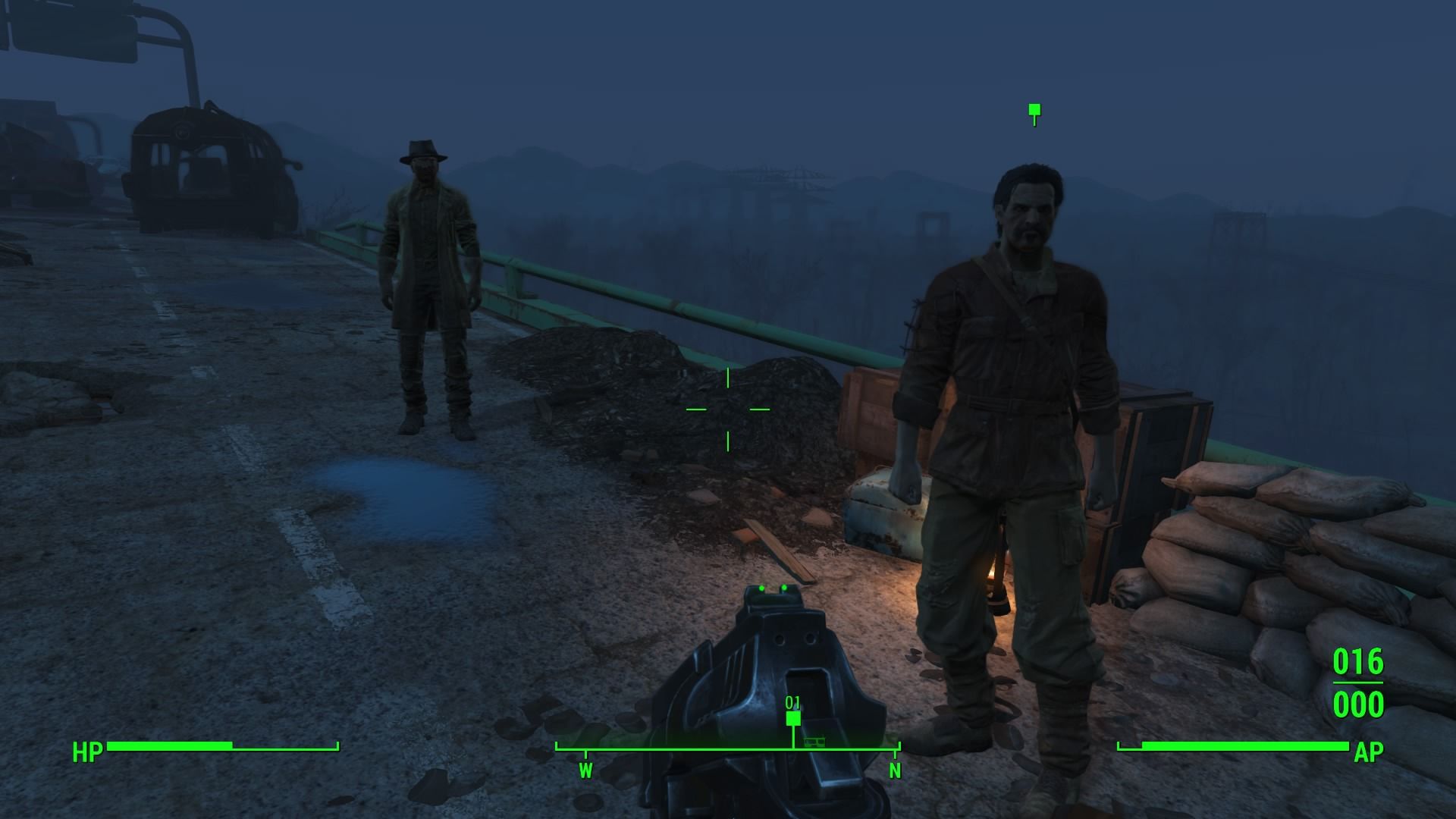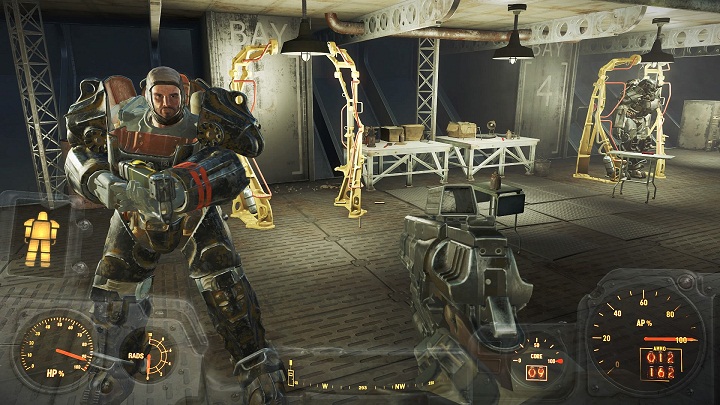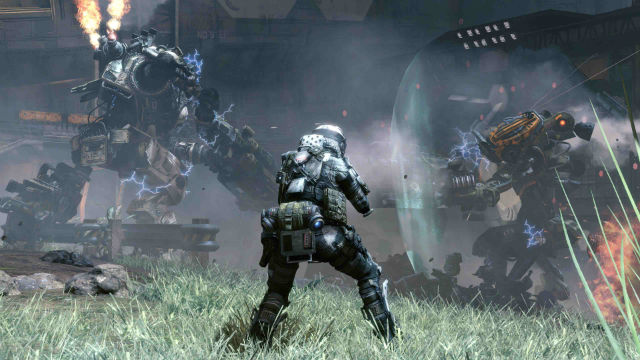Shooting from the right hand could be the safest way to avoid any kind of mistakes. Know more from here about the short hook, the pocket hit and baby splits and fit-in shot. This things will teach you which angle to take shot and how and when.
THE SHORT HOOK
When the ball either fails to hook enough or has been thrown out too far, the bowler gets a 1-2-4-7-9 leave. This spare can be missed very easily, as a glance at the pin setup will show. The safest way to play this leave is to shoot from the right-hand side for the 1-3 pockets, making the ball carry the 9-pin. If the ball is working properly, it will strike the 1-pin on the right-hand side, and the 1-2-4-7 will fall like a picket fence, the ball continuing on through to carry off the 9-pin. It is best to gamble on making it in this fashion rather than to attempt to drive the 1-pin into the 9-pin, because the ball is larger than the pin and therefore offers a better chance of carrying the 9-pin. The 1-2-4-7-9 conversion is open to argument, but most experts play it in the fashion I describe.
THE POCKET HIT
Not an uncommon leave is the 1-3-6-9-10, which often is the result of a ball that hooked too soon, or was directed too far to the left. In shooting at these pins, move to the left side of the approach, and try to place the ball in the 1-3 pockets. This angle takes full advantage of the width of the ball. The ball will strike the 1-pin a glancing blow on the right side, and drive the 3-pin against the 6-pin, the 6-pin in turn knocking down the 10-pin. The ball continues on through to carry away the 9-pin. This procedure should be followed with the 1-3-9 and the 1-3-6. Also shooting the 1-3 leave from the left-hand side of the approach cuts down the chances of a chop or cherry pick. A cherry pick has ruined many a good shot.
BABY SPLITS
The 2-7 and 3-10 leaves are known as baby splits, and they are played in similar fashion but from opposite sides. The 3-10 usually is the result of a ball that comes in on the headpin on a sharp break, but does not touch the 3-pin.
Shoot this by moving over to the left side of the approach and aiming at the space between the pins, or at the point where the 6-pin would be if it were still standing. The ball can scarcely go through on the left side of the 6-pin spot. For the 3-6-10 or the 3-7-10, use the same procedure. With a 2-7 leave, move over to the right side of the approach and aim for the 4-pin spot between the two. Because of the angle at which the ball hooks, this baby split is a bit easier for a right-handed bowler. The 2-4-7 and the 2-7-10 require the same methods. Confidence plays a big part in shooting the baby splits. Shooting with the feeling that you are going to make the spare means that you have half the battle won. The baby splits are not nearly so difficult to make as they appear.
FIT-IN SHOTS
Fit-in shots (the 5-6, 4-5, 5-6-10, etc.) are so called because the ball must be accurately placed between the pins to successfully convert the spare. In the accompanying diagram, note the position of the feet on the approach. Take a position just to the left of the center, move up the lane in a straight path to the foul line, and aim directly at the empty space between the 5-pin and the 6-pin. There is little margin for error, actually only slightly more than half an inch on either side, which is cutting it pretty fine. The 5-6 and similar leaves are anything but easy. They present, probably more than any other setup, the most worthy challenge to a bowler's accuracy. They demand a perfectly placed shot. Consequently, the feeling of accomplishment on the part of the bowler who succeeds in converting one of them often is preferred to the thrill of a strike.
These are more of information on how you can play your different shots. They will not help you only by reading them; you have to practice them in order to use them effectively.






 Fallout 4: Tradecraft walkthrough
Fallout 4: Tradecraft walkthrough Princess Peach Will Eat Your Brains
Princess Peach Will Eat Your Brains Paladin Danse: Fallout 4 - Find and Recruit him as a Companion
Paladin Danse: Fallout 4 - Find and Recruit him as a Companion The Titanfall Beta Is Over: How Was It?
The Titanfall Beta Is Over: How Was It? How to Get The Boom Hammer in Bloodborne: The Old Hunters Guide
How to Get The Boom Hammer in Bloodborne: The Old Hunters Guide